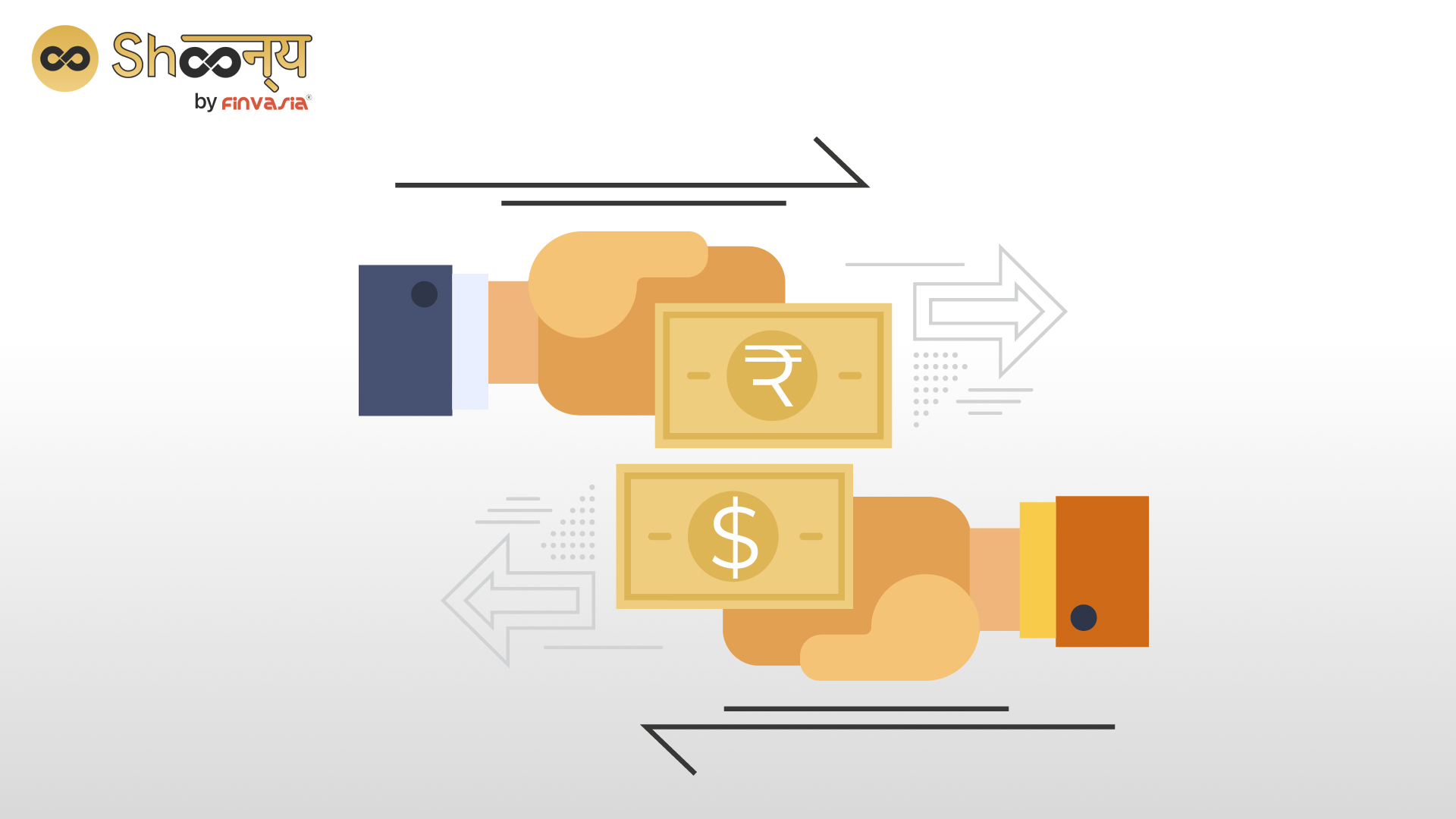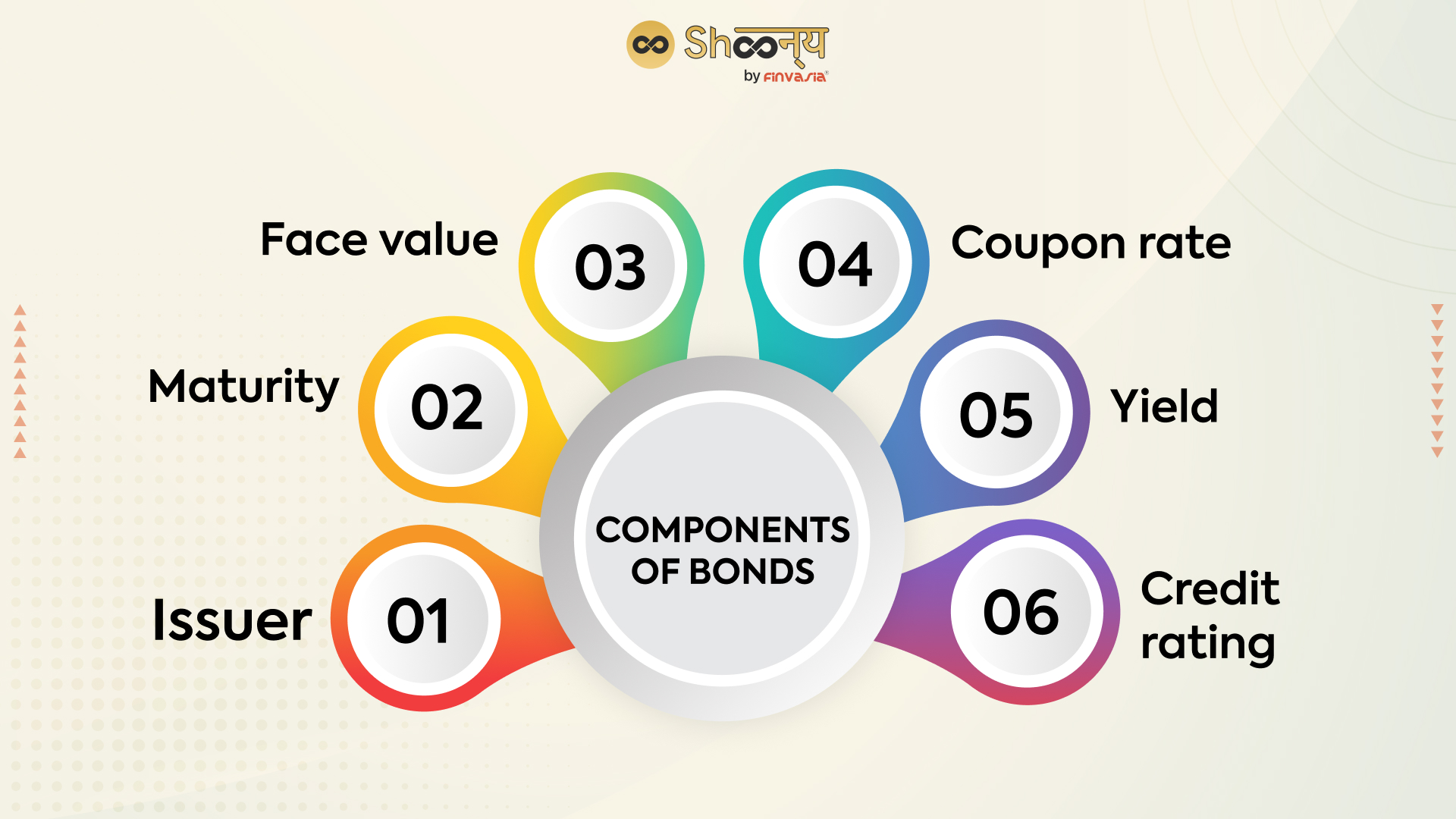Understanding How Do Bonds Work in India: Types, Pricing, and More

Bonds are an important financial instrument used by governments and corporations to raise capital. They provide a means for investors to lend money and receive fixed interest payments over a specified period of time. In this article, we will explore various topics, such as the various types of bonds in the market, a look at how bonds work, the process of how bonds are priced, and the key components that make up a bond.
How Do Bonds Work in India?
Let’s kick things off by demystifying the very core of bonds: how they work. Bonds are essentially debt instruments that symbolize a loan given by an investor to an issuer. In India, these issuers could be government bodies, corporations, or financial institutions. The issuer commits to paying a fixed or variable interest rate and returning the principal amount at a specified maturity date.
Bonds can be transacted in both the primary and secondary markets. The primary market involves the initial issuance of bonds, while the secondary market sees bonds changing hands among investors. Bonds can exhibit a range of features like coupon rates, maturities, securities, and convertibility, all of which influence their value and performance.
Bond Share and Asset Allocation
Understanding your bond share in an investment portfolio is crucial for achieving the right balance. Bond share indicates the percentage of bonds in your portfolio, and it plays a significant role in determining your risk and return profile. While bonds are generally less volatile and less risky than stocks, they also offer lower returns. As an Indian investor, finding the ideal bond share aligns with your risk tolerance, investment horizon, income needs, and financial objectives.
One rule of thumb is to subtract your age from 100 and invest that percentage in stocks, with the rest allocated to bonds. For example, if you’re 40 years old, you may consider investing 60% in stocks and 40% in bonds.
Types of Bonds in India
The Indian bond market offers a diverse array of options, each catering to different investment needs. Let’s explore some common types:
- Government Bonds: Issued by central or state governments, they are considered safe but offer lower interest rates.
- Corporate Bonds: These bonds, issued by public or private companies, provide higher returns but come with higher risks.
- Zero-Coupon Bonds: Offered at a discount, they don’t pay interest during the tenure but redeem at face value upon maturity.
- Perpetual Bonds: These have no fixed maturity date and pay interest indefinitely.
- Convertible Bonds: These can be converted into issuer’s equity shares at a predetermined price and time.
- Infrastructure Bonds: Issued by infrastructure companies or financial institutions for financing projects, often with tax benefits under Section 80CCF of the Income Tax Act.
- Tax-Free Bonds: Issued by PSUs or government-backed entities, they offer tax-exempt interest income under Section 10(15) of the Income Tax Act.
- Credit-Rated Bonds: Assigned a credit rating, reflecting the issuer’s ability and willingness to pay. Higher ratings imply lower risk.
- Foreign Currency Bonds: Denominated in foreign currencies, they expose investors to currency risk but can offer higher returns and diversification.
- Inflation-Linked Bonds: Adjust interest payments and principal value based on inflation indices, shielding investors from inflation risk.
- Innovative Perpetual Debt Instruments (IPDI): Hybrid instruments combining equity and debt features, offering flexibility to issuers and tax exemptions to investors.
- Green Bonds: Finance projects with positive environmental or social impacts, attracting investors supporting sustainability.
Bond Trading in the Share Market
Bond trading in the share market, also known as the stock market or equity market, involves the buying and selling of bonds among investors. It’s crucial to distinguish bonds from shares (equity) as they have distinct characteristics. Bonds represent debt obligations, offering fixed or variable interest income, while shares signify ownership stakes in companies, providing dividends and capital appreciation.
Bonds are typically less volatile and less risky than shares, but they offer lower returns and are subject to interest rate and credit risk. Combining bonds and shares in your investment portfolio provides diversification and balance.
How Bonds are Priced
Bond shares are not as volatile as stocks, but their prices do change. Bond prices are calculated by applying a discount rate to the expected cash flows. In the context of the secondary market, the three vital variables influencing the pricing are supply and demand, credit quality, and time left to maturity.
- Demand and supply: Bonds with no coupon rate, such as zero coupon bonds, are available at a deep discount, with the bondholder receiving the face value upon maturity. Due to their lack of interest payments, these bonds are less appealing, resulting in lower demand and lower prices.
- Time left to maturity: As bonds approach maturity, their prices tend to rise as the risk of default decreases. Conversely, if the time to maturity is far, there is a higher likelihood of credit risk and deterioration in bond quality, leading to lower prices but higher interest rates.
- Credit quality: Bonds issued by companies with lower credit ratings are typically priced lower but offer higher interest rates to attract investors. Once these bonds are issued, the company’s poor creditworthiness and higher credit risk cause them to trade at lower rates in the open market.
Components of bonds

To better understand bonds, it is important to familiarise yourself with their key components:
Who is an Issuer?
The entity that issues bonds to raise capital, which can be a government or a corporation.
What is the Maturity Date in Bonds?
The maturity date in bonds refers to the date on which the bond issuer promises to repay the principal amount (also known as face value) to the bondholder. It signifies the end of the bond’s life or term. At maturity, the bondholder receives the final payment, including any remaining interest payments due up until that date.
What is Face Value?
Also known as the par value, it is the initial principal sum you pay to purchase the bond.
What is the Coupon rate in Bonds?
The coupon rate is the fixed interest rate that the issuer agrees to pay to bondholders periodically. It is actually the bond interest rate that you will receive until it matures.
What is Yield?
The actual return on a bond, which fluctuates in the secondary market due to changes in bond prices.
What is a Credit rating?
Bonds are assigned ratings by credit bureaus such as CRISIL, ICRA, and CARE, which assess the default risk associated with each bond.
Conclusion
Bonds can be a valuable addition to your investment portfolio if approached strategically. When evaluating bonds, it is essential to consider factors such as credit ratings, coupon rates, and maturity periods.
Now, you can enjoy the benefit of zero-brokerage trading with Shoonya, one of India’s most trusted online trading platforms.
FAQs| How Do Bonds Work
You earn money from bonds through interest income and capital gains. Interest income comes from periodic payments based on the coupon rate and bond face value. Capital gain arises from selling the bond for more than its purchase price before maturity.
A bond is a debt instrument where investors lend to an issuer (like a government or corporation). The issuer pays interest and returns the principal at maturity. Investors can hold until maturity or sell in the secondary market, where prices depend on factors like interest rates and credit ratings.
In simple terms, a bond is a loan to an issuer for a fixed period, usually over a year. Investors buy it, receive regular interest, and get their initial investment back at the end. Bond prices may change based on factors like interest rates and credit ratings.
Indian bonds are generally safe as they are backed by the government or reputable entities. However, they carry risks like interest rates, credit, liquidity, and reinvestment risks. It’s crucial to assess these risks based on your financial goals, risk tolerance, and investment horizon when choosing bonds.
______________________________________________________________________________________
Disclaimer: Investments in the securities market are subject to market risks; read all the related documents carefully before investing.








